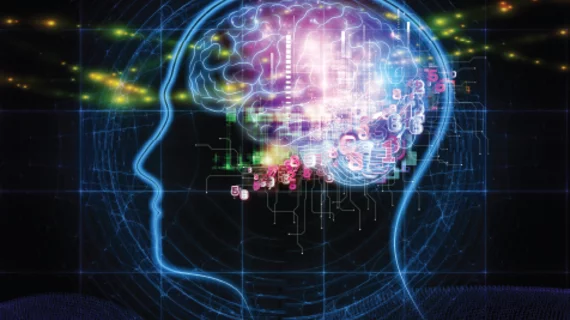The FDA issued a new Drug Safety Communication Tuesday that requires a warning to be placed on all gadolinium-based contrast agents (GBCAs) for MRI use. The warning should alert providers about the possibility that gadolinium could be retained in the patient’s body, including their brain, for an extended period of time after MRI.
“Gadolinium retention has not been directly linked to adverse health effects in patients with normal kidney function, and we have concluded that the benefit of all approved GBCAs continues to outweigh any potential risks,” the FDA wrote. “However, after additional review and consultation with the Medical Imaging Drugs Advisory Committee, we are requiring several actions to alert health care professionals and patients about gadolinium retention after an MRI using a GBCA, and actions that can help minimize problems.”
In addition, the FDA will also now require patients to receive a Medication Guide with key information before receiving a GBCA. And GBCA manufacturers must now “conduct human and animal studies to further assess the safety of these contrast agents.”
Providers are also advised to consider potential retention-related issues when choosing GBCAs for patients at a higher risk for retention, including patients requiring multiple doses over the course of their lifetime, pregnant women, pediatric patients and “patients with inflammatory conditions.”
Additional Radiology Business coverage of gadolinium and GBCAs can be found here and here.
Related MRI Contrast Agent Safety Content:
A deep dive into gadolinium-based adverse reactions
Allergic reactions to iodinated CT contrast increase likelihood of sensitivity to GBCAs
Researchers detail data on gadolinium-related adverse reactions
Radiologists must take a data-driven approach to discuss gadolinium, mitigate liability risk
Radiologists see potential to reduce GBCA administration with new synthetic MRI technique
Gadolinium-based contrast agents are safe, even at higher doses, new research suggests
Gadolinium debate rages on, with radiologist questioning recent GBCA liability guidance
ACR committee proposes new term for symptoms associated with gadolinium exposure
Closing the knowledge gap on gadolinium retention risks
Radiologists find direct evidence linking gadolinium-based contrast agent to higher retention rates
AI software that eliminates need for gadolinium contrast during imaging exams wins patent
Research may offer new method to detect GBCA on MRI
Radiology, other multispecialty groups urge caution with GBCAs during interventional pain procedures
Cardiac MRI contrast agents are low-risk and safe for ‘overwhelming’ majority of patients
Health orgs publish special report about gadolinium retention, GBCA use in imaging
Rodent brains retain gadolinium after repeated administration of GBCA a year after injection
Advanced MRI mapping spots traces of gadolinium in the brain invisible during conventional scanning
Radiologists should keep patients’ best interests in mind to mitigate gadolinium liability risk

